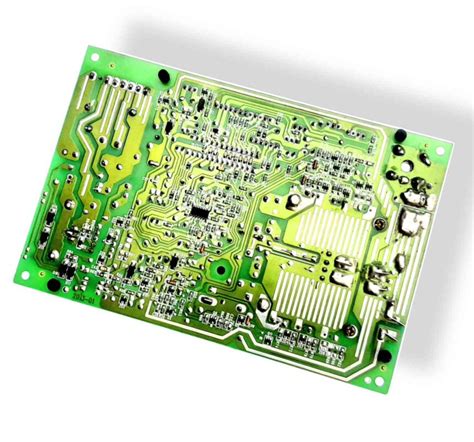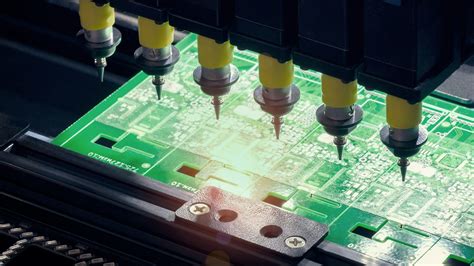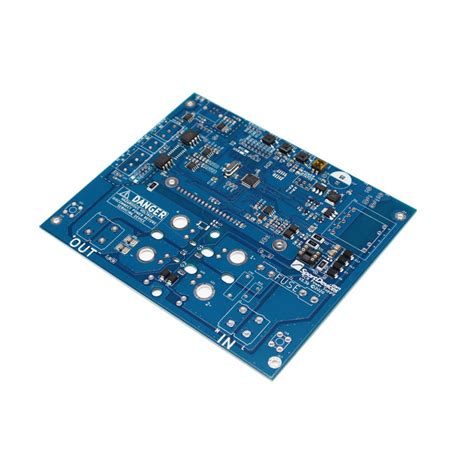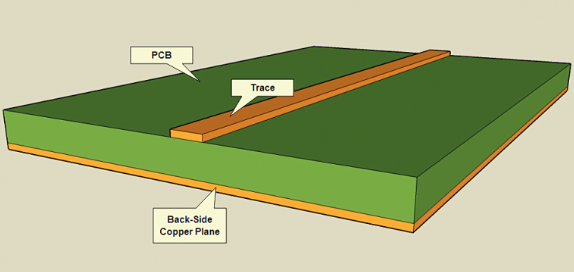Effortless PCB Prototyping: Fast Turnaround & Low Costs
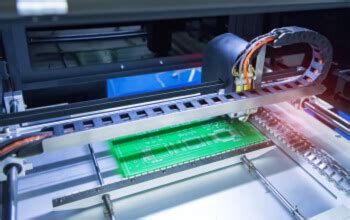
Key Takeaways
Understanding core aspects of PCB manufacturing ensures you make informed decisions for your projects. When selecting PCB manufacturing companies, prioritize those offering 24-hour turnaround and automated quoting systems to eliminate delays. PCB manufacturing cost hinges on factors like material selection, layer count, and order volume—opting for standardized options can reduce expenses by up to 30%. For startups or small-scale innovators, partnering with a PCB manufacturing business that provides dedicated engineering support helps avoid design flaws early, saving time and resources.
Modern services integrate cloud-based platforms for real-time order tracking, allowing you to monitor progress without manual follow-ups. To further streamline workflows, leverage design-for-manufacturing (DFM) tools offered by leading providers—these identify potential issues before production begins. Balancing speed and affordability requires comparing batch pricing models and express service tiers across vendors. By aligning your needs with specialized PCB manufacturing solutions, you secure both precision and scalability while keeping budgets intact.
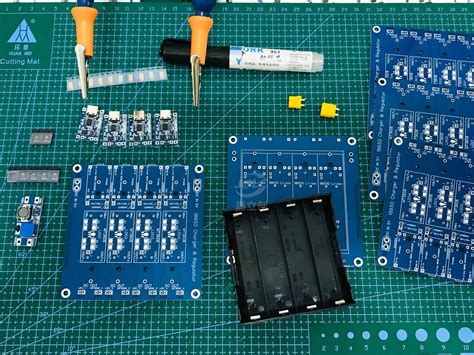
PCB Prototyping Hours Simplified
When streamlining PCB manufacturing timelines, understanding the variables that impact turnaround is critical. Modern PCB manufacturing companies leverage automated workflows and advanced machinery to compress production cycles without sacrificing quality. For instance, standard prototyping can now be completed in 24–48 hours, depending on design complexity and material availability. Expedited services often eliminate bottlenecks by prioritizing your order in the production queue, ensuring faster delivery even during peak periods.
To minimize PCB manufacturing cost, consider optimizing panel utilization or opting for standardized materials. Many providers offer tiered pricing models—higher volumes typically reduce per-unit expenses, while smaller batches benefit from flexible pricing for prototypes. Advanced quoting tools from leading PCB manufacturers let you simulate costs in real time, aligning budgets with project requirements.
For businesses scaling a PCB manufacturing business, balancing speed and affordability requires strategic partnerships. Reliable vendors provide end-to-end support, from design validation to assembly, reducing iterative delays. By integrating their expertise early, you avoid costly redesigns and ensure compliance with industry standards. Whether you’re testing a new concept or refining an existing design, simplified prototyping hours empower you to iterate faster and bring products to market competitively.
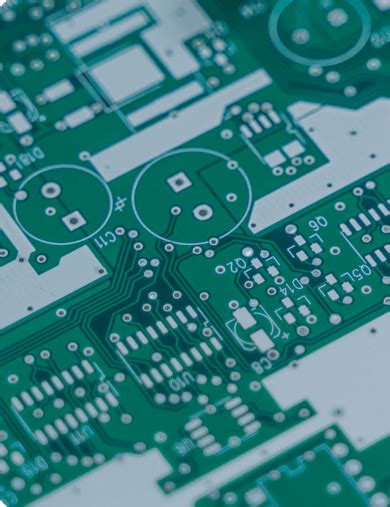
How to Get PCBs Made Effortlessly
Navigating PCB manufacturing can seem daunting, but modern PCB manufacturing companies have streamlined the process to make it accessible even for beginners. Start by finalizing your design files (Gerber, BOM, and drill files) and selecting a manufacturer that aligns with your project’s PCB manufacturing cost and timeline. Many providers offer instant online quoting tools, allowing you to upload files and receive pricing within minutes.
Tip: Use automated Design for Manufacturability (DFM) checks offered by platforms to avoid costly revisions.
When comparing PCB manufacturing business options, prioritize transparency in pricing and production timelines. Here’s a quick comparison of common service tiers:
| Service Tier | Turnaround | Cost per Board | Ideal For |
|---|---|---|---|
| Standard | 5-7 days | $2–$5 | Hobbyists |
| Expedited | 24–48 hrs | $8–$15 | Prototypes |
| Enterprise | Custom | Custom Quote | Bulk orders |
For budget-conscious projects, consider panelizing designs or opting for standard materials to reduce PCB manufacturing cost. Most PCB manufacturing companies provide real-time order tracking, so you’ll know exactly when your boards enter fabrication, assembly, or shipping phases. Clear communication with your supplier ensures specifications like layer count, finish type, and tolerances are met without delays.
By leveraging these strategies, you’ll transform PCB manufacturing from a complex task into a predictable, efficient workflow—freeing you to focus on innovation rather than logistics.
Fast-Turnaround PCB Manufacturing Guide
When you need to get PCBs made quickly, partnering with reliable PCB manufacturing companies is critical. These firms leverage automated processes and advanced logistics to slash production timelines without compromising quality. For instance, many providers now offer 24–48-hour PCB manufacturing cycles by optimizing design validation, material sourcing, and fabrication workflows. To minimize PCB manufacturing cost, consider bulk orders or standardized specifications that reduce material waste.
A key strategy is to prioritize design-for-manufacturability (DFM) checks early. This ensures your files meet the manufacturer’s guidelines, avoiding delays from revisions. Some PCB manufacturing businesses even provide instant DFM analysis through online platforms, accelerating the approval process. Additionally, clarify turnaround expectations upfront—express services often cost slightly more but guarantee faster delivery for time-sensitive projects.
Finally, streamline communication by consolidating requirements like layer counts, surface finishes, and testing protocols. Reputable PCB manufacturing companies often assign dedicated project managers to oversee timelines, ensuring your boards progress smoothly from prototyping to production. By aligning your workflow with their capabilities, you can achieve rapid iteration while keeping costs predictable.
Low-Cost PCB Assembly Solutions Revealed
When optimizing your project’s budget, understanding how PCB manufacturing companies balance quality and affordability is critical. Modern low-cost assembly strategies leverage automation, bulk component sourcing, and standardized processes to reduce PCB manufacturing cost while maintaining reliability. Start by evaluating suppliers that offer tiered pricing models—many providers scale discounts based on order volume, making them ideal for prototyping and small-batch production.
Material selection plays a pivotal role. Opting for FR-4 substrates instead of high-frequency alternatives can cut expenses by up to 40%, and choosing lead-free HASL finishes over gold plating further trims costs. Partnering with PCB manufacturing specialists who provide design-for-manufacturability (DFM) feedback ensures your files avoid costly revisions. For instance, simplifying complex via structures or minimizing layer counts directly impacts your bottom line.
Another hidden advantage lies in panelization. Grouping multiple boards into a single panel maximizes material usage and reduces waste—a key factor in PCB manufacturing business economics. Additionally, hybrid services combining fabrication and assembly under one roof eliminate logistical delays and middleman markups. By aligning your design choices with these cost-saving frameworks, you unlock scalable solutions that keep projects agile without sacrificing performance.
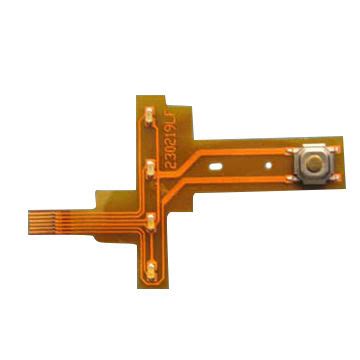
Streamline Prototyping With Expert Support
Navigating PCB manufacturing complexities becomes seamless when partnering with experienced PCB manufacturing companies. Their technical expertise helps you avoid common pitfalls, from design flaws to material mismatches, ensuring your prototype aligns with functional requirements without unnecessary iterations. By leveraging their knowledge of PCB manufacturing cost drivers—like layer counts, material grades, and surface finishes—you can optimize designs for affordability while maintaining performance.
Collaborating with specialists in the PCB manufacturing business also accelerates problem-solving. For instance, if your board requires impedance control or high-density interconnects, engineers provide tailored recommendations to balance precision and budget. This proactive support minimizes delays, letting you focus on testing and refining your product.
How do you bridge the gap between concept and production-ready prototypes? Trusted manufacturers offer design-for-manufacturability (DFM) reviews, identifying issues like insufficient clearances or thermal imbalances before fabrication begins. This approach not only slashes rework expenses but also ensures your project stays on schedule. With real-time communication channels and dedicated account managers, even first-time designers gain confidence in navigating the PCB manufacturing landscape efficiently.
Budget-Friendly PCB Turnaround Strategies
Achieving cost efficiency in PCB manufacturing requires balancing speed, quality, and budget. Start by evaluating PCB manufacturing companies that specialize in low-volume prototyping—many offer tiered pricing models where smaller batches reduce PCB manufacturing cost without compromising lead times. For instance, opting for standard materials instead of premium alternatives can cut expenses by 20–30%, while still meeting functional requirements.
Leverage design optimizations like panelization to maximize board space utilization, allowing multiple designs to be fabricated on a single panel. This strategy not only lowers per-unit costs but aligns with the operational efficiencies prioritized by PCB manufacturing business models. Additionally, clarify your project’s tolerances upfront—relaxing non-critical specifications (e.g., solder mask color or surface finish) can further trim expenses.
Transitioning between prototyping phases? Partner with manufacturers offering bundled services, such as combined fabrication and assembly. Many providers now integrate design-for-manufacturability (DFM) checks into their workflows, helping you avoid costly revisions. By aligning your priorities with a supplier’s capabilities, you secure faster PCB manufacturing cycles at rates that keep your project budget-friendly.
Precision PCB Fabrication Made Simple
Achieving precision PCB fabrication no longer requires navigating complex workflows. Modern PCB manufacturing companies leverage automated optical inspection (AOI) systems and laser drilling technologies to ensure micron-level accuracy, even for multi-layer designs. By understanding your project’s specifications—from trace widths to impedance control—you can collaborate with manufacturers to eliminate guesswork. Advanced design-for-manufacturability (DFM) checks further streamline the process, flagging potential errors before production begins.
When evaluating PCB manufacturing cost, consider factors like material grades (FR-4, Rogers, or aluminum-backed), surface finishes (HASL vs. ENIG), and batch sizes. Reputable providers often offer tiered pricing models, allowing you to balance quality and budget. For instance, opting for a 24-hour PCB manufacturing business service might cost slightly more per unit but accelerates prototyping cycles by days.
Top-tier manufacturers integrate real-time tracking and design software compatibility (Eagle, Altium, KiCad) to simplify file submissions. This synergy between precision engineering and user-friendly interfaces ensures your boards meet exact tolerances without technical hurdles. Whether you’re iterating IoT devices or high-frequency circuits, aligning with specialized PCB manufacturing partners turns complex fabrication into a predictable, scalable process.
Efficient PCB Prototyping Techniques Unveiled
When optimizing your prototyping workflow, selecting the right PCB manufacturing partner is critical. Modern PCB manufacturing companies leverage advanced automation and standardized processes to reduce lead times while maintaining quality. By implementing design-for-manufacturability (DFM) checks early, you can avoid costly revisions and accelerate iterations. For instance, automated quoting systems analyze your design files to provide instant feedback on PCB manufacturing cost, enabling faster decision-making.
Another key strategy involves balancing material selection with project requirements. While high-frequency laminates may suit specialized applications, standard FR-4 substrates often deliver cost-effective results for prototypes. Many PCB manufacturing business providers now offer tiered pricing models, allowing you to scale order quantities without overspending. This approach ensures you pay only for the capabilities you need during testing phases.
Leading manufacturers also integrate real-time collaboration tools, letting you track progress and address issues within 24 hours. Such transparency minimizes delays—critical when evaluating multiple design variants. Moreover, combining rapid-turn fabrication with panelization techniques optimizes material usage, further reducing per-unit PCB manufacturing cost.
By collaborating with certified PCB manufacturing companies, you gain access to industry-best practices like automated optical inspection (AOI) and impedance control testing. These services ensure reliability without compromising speed, making complex prototyping projects both efficient and predictable.
Conclusion
Navigating PCB manufacturing doesn’t have to be overwhelming when you align your priorities with the right strategies. By partnering with reputable PCB manufacturing companies, you gain access to streamlined workflows that prioritize speed without compromising quality. Whether you’re optimizing PCB manufacturing cost for small batches or scaling production, modern solutions ensure affordability while maintaining precision. For startups and established players in the PCB manufacturing business, leveraging advanced fabrication techniques and automated assembly processes can significantly reduce turnaround times, letting you focus on innovation rather than logistics.
Prioritize transparency when evaluating providers—clear communication about timelines, material options, and testing protocols ensures your prototypes meet exact specifications. Remember, the key to effortless prototyping lies in balancing speed with cost-efficiency, supported by vendors who offer end-to-end guidance. As you refine your approach, these insights will help you transform complex manufacturing challenges into predictable, repeatable successes.

FAQs
How do PCB manufacturing companies ensure fast turnaround times?
Leading providers optimize production workflows using automated systems and parallel processing. Many offer 24-hour prototyping with dedicated lines for urgent orders, minimizing delays in PCB manufacturing.
What factors influence PCB manufacturing cost?
Costs depend on board complexity, material choices (like FR-4 or high-frequency substrates), layer count, and order volume. Bulk orders typically reduce per-unit prices, while advanced features (e.g., blind vias) may increase expenses.
Can small businesses afford professional PCB manufacturing services?
Yes. Many PCB manufacturing companies cater to startups with scaled pricing, no-tooling-fee prototypes, and modular assembly options. This flexibility makes PCB manufacturing business solutions accessible even for limited budgets.
How do I verify a PCB manufacturing partner’s reliability?
Check certifications like ISO 9001 or IPC-A-610, review client testimonials, and request sample reports. Reputable firms provide real-time order tracking and engineering support to ensure quality control.
Why is prototyping critical before full-scale PCB manufacturing?
Prototyping identifies design flaws early, preventing costly revisions later. It allows testing thermal performance, signal integrity, and component fit, ensuring your final product meets specifications.
Ready to Start Your Project?
Simplify your PCB manufacturing process with expert guidance and rapid turnaround. Click here to explore tailored solutions and request an instant quote: https://www.andwinpcb.com/pcb-manufacturing/.


